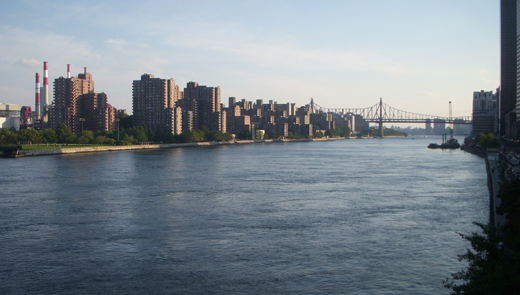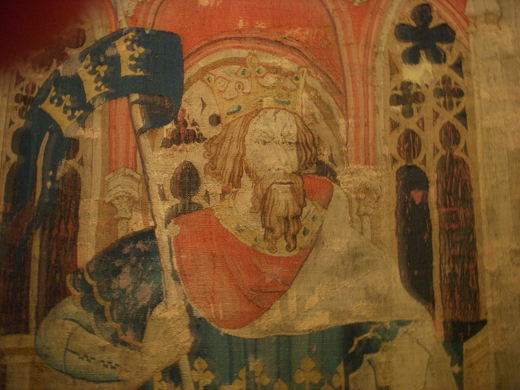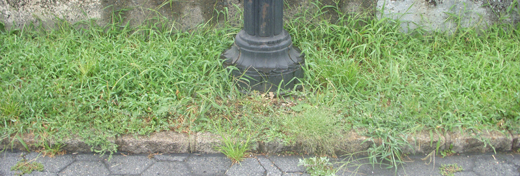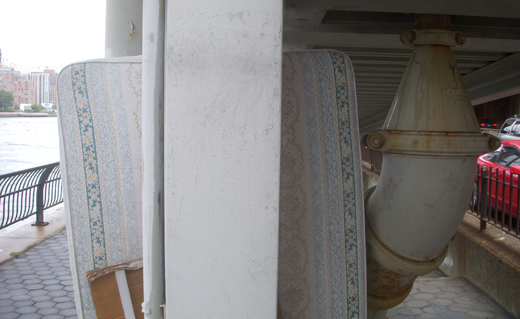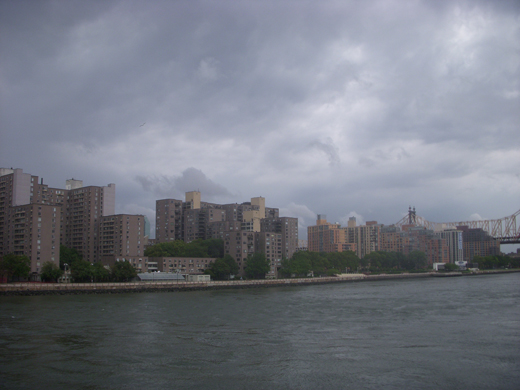Dear Diary: Return to Life
Monday, August 31st, 2009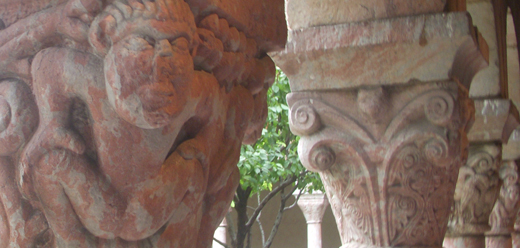
For the first time in I don’t know how long, it is very quiet here. There is no music, the baroque (mostly Bach) playlist’s that I listened to for most of the day having ended a while ago. But more than that, the air conditioner is silent, and so is the powerful Vornado fan that sits on the floor like a devoted pooch. Outside, the city is quiet, too. It’s as though the cool weather calmed every spirit, leaving few if any drivers restless enough to travel.
I’ve been to the Cloisters again, as you can see — twice in one calendar year! Not exactly unprecedented, but certainly unheard of since about 1967. I went in May, when my good friend Jean Ruaud was visiting from Paris. I was surprised that Jean liked the museum as much as he did. It’s one of the dearest places on earth to me, but I’m electrically aware of its confected nature. Bits of stone from here and there, including heaps of loot from Civil-War-torn Spain — all incorporated into a California villa gently tweaked to look “medieval.” What a Fourteenth-Century observer would have made of the tower (a meaty erection that always makes me think of the Plaza outside Kansas City) remains blessedly unimaginable. As a child of the Critical Sixties, I know full well that there’s nothing Cluniac about the Cloisters. And yet — the place may tell us little or nothing about monastic life in the Middle Ages (my vote: “nothing”), but it has a lot to say about what’s appealing about the monastic idea today. Set in a large park, reached from one side only by the wail of an occasional Metro North commuter train, and overlooking the studiously undeveloped banks of the Hudson River on the other, the museum is so arrestingly placid that the George Washington Bridge, an unfinished, skeletal structure that dates from the depth of the Depression, looks Plantagenet by penetration, just over the ramparts of the Bonnefont Cloister. No matter how bogus it might be on strict art-historical grounds, the Cloisters is unquestionably a sanctuary.
This time, Ms NOLA was on hand to help me to make sure that DCW, our young artist friend from San Francisco, made it up to Fort Tryon Park before his tumble into the full-time oubliette of school and after-shool job. When I asked him what he liked most about the Cloisters, he mentioned the colors of the stained glass. Now, if there is anything that I have consistently overlooked at the Cloisters, it is the stained glass. I have yet to see any great medieval stained glass in situ, and the quantity of ghastly Nineteenth- and Twentieth-Century American stained glass that I have seen leaves me with a deadened suspicion of the medium. How like me to be all but hamstrung by anxieties about authenticity! For my young friend, it seemed, the beauties of the color were justification enough.
We arrived at the Cloisters in a taxi, but we left on foot, wending our way through the park to bus and subway at 191st Street. Somewhat quixotically — foolishly, in any case — I was determed to climb to the belvedere that looks out over Inwood and Highbridge toward Long Island — you can see the identical-seeming Whitestone and Throg’s Neck Bridges. The stone staircase with very short steps ought to have been challenge enough; I was breathing like a locomotive when we got to the further flight. I worried that my companions might be worried, and I knew that Ms NOLA, at least, was of sufficiently practical a disposition to foresee how massively inconvenient my collapse would be in an ornamental spot some distance from the reach of any ambulance. I did not so much resolve to get into better shape as promise myself not to be so headstrong in future.
It really is amazingly quiet here. There is not even the plash of a gentle fountain.

